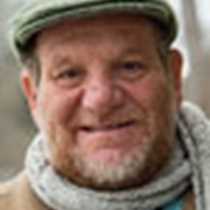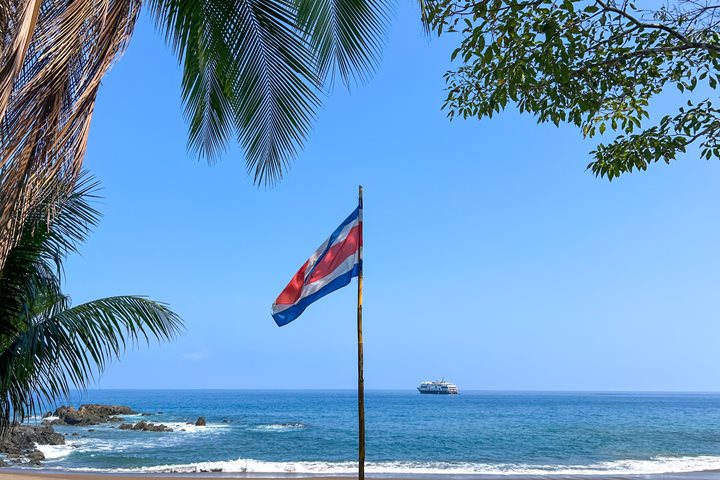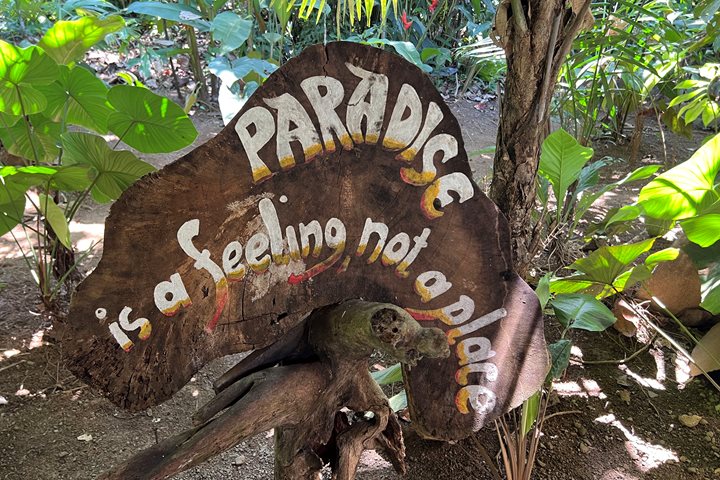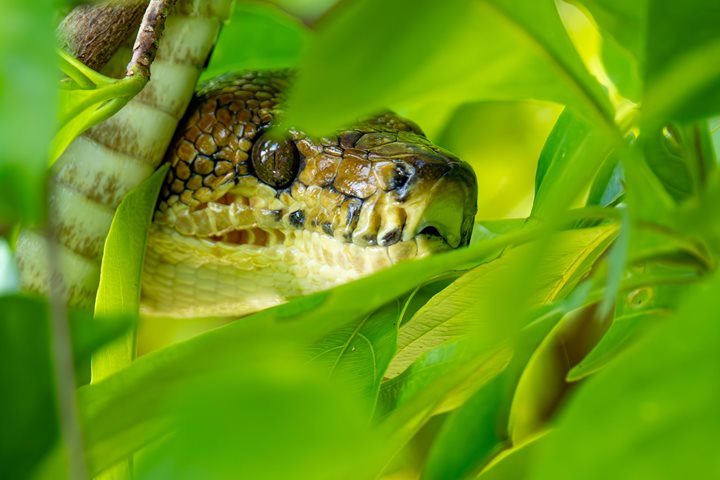In the Gulf of Panama warm trade winds blow over the water creating a void that the ocean currents fill. Here upwellings occur bringing nutrients to the surface and creating a smorgasbord for the many species of marine life that abounds here. This morning we got to explore the coast of Bona, an island where many seabirds take advantage of this rich food source. Hundreds of frigatebirds, brown and blue-footed boobies, and pelicans flew overhead as we circumnavigated the island in our expedition landing craft. Like a swarm of bees encircling a hive the sky was filled with shapes of birds flying around their nests, searching for food at the water’s edge, or taking flight as we approached. As this is a photo expedition we got to practice our skills of capturing birds in flight. Once back abroad National Geographic Sea Lion, we sat down to a wonderful presentation on photography given by our National Geographic Photographer, Kiki Calvo.
With the Island Bona behind us we set sail for the opening of the Panama Canal. Along the way, however we had time for one more stop on the Island of Flowers, Taboga. Toboga is the largest of an island group of dozens of islets and rocks. Toboga has a rich history including its connection to the many pirates that raided Spanish ships throughout the 17th century. The renowned artist Gauguin visited the island in 1887 and painted one of his most famous paintings here.
As soon as you make landfall on Toboga it is evident why it has attracted so many people. Its charm is unmistakable and true to its name, many of the homes have space filled with bougainvillea and other flowers. The local people were as warm as the sun above us. I stopped to make an image of a building and two women who were conversing asked me if I minded the heat of the island. In minutes we were conversing. Myself in English, they in Spanish, yet somehow we managed to understand each other. We visited the second oldest church in the Americas and some of us made the daring climb up the very narrow steps to the bell tower for a view of the town from above.
Back on board we began to navigate through a myriad of ships waiting for their turn to either enter the Panama Canal or for supplies before continuing their journey. We headed for our anchorage were we would wait for our turn to enter the canal. We pass our time with a program about the history of the canal and this gives us a new respect for the journey we are about to take. Going through the Panama Canal is a truly unique experience. Before we maneuver into position we are joined by a pilot who will take control of our vessel as we negotiate the passage. We are also joined by workers whose job it is to secure lines and make sure our boat’s position is stable as we enter and leave each lock. It is an amazing undertaking that seems easy and seamless to us, but in reality it takes coordination, and precision to get each vessel through each lock in so little time. As the water around our boat raises and lowers us with each new section of lock we go through, we marvel at the mechanics of a system that has not changed since the first boat navigated the canal. To some of our guests, this is the reason they came on this adventure, and the canal does not disappoint.







